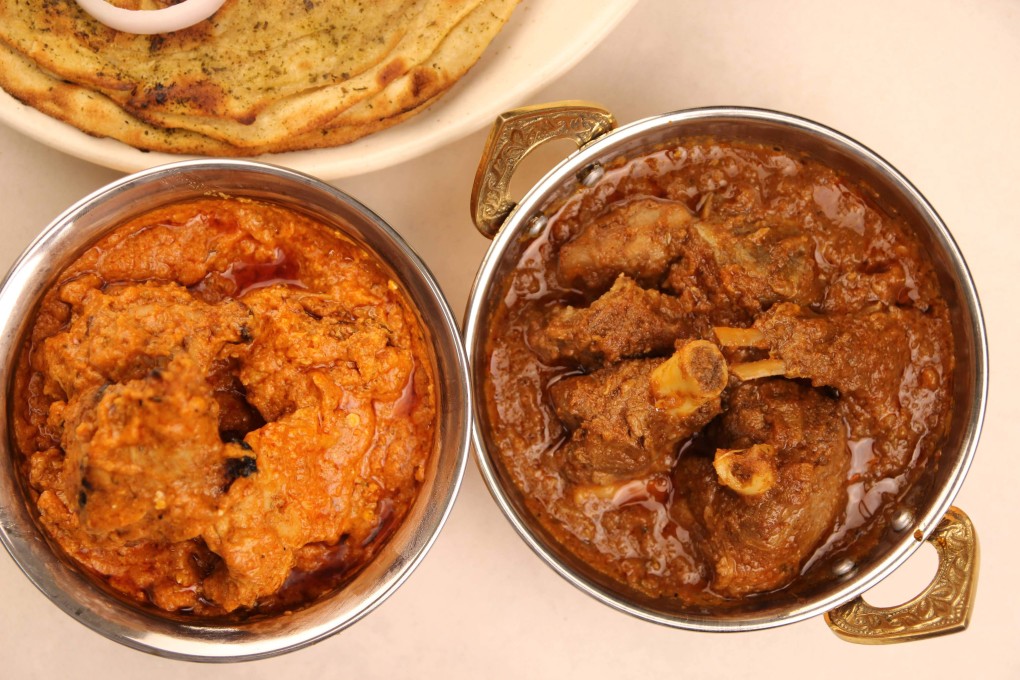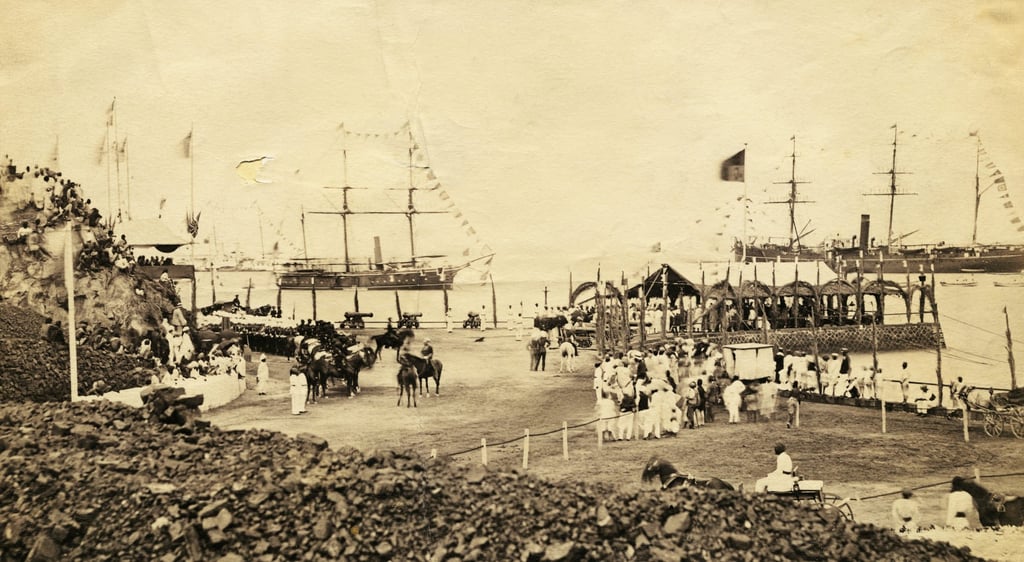Advertisement
How Indian food curried favour with the British, and vice versa
- When the British colonised India their culinary habits transformed as they dived into new spices and dishes, taking them home and elsewhere
- British food – minus the “bland” stuff – and ways also had lasting impact on India’s cuisine, from afternoon tea to Chicken Dak Bungalow curry
Reading Time:4 minutes
Why you can trust SCMP
1

In 2021 California-based Instagram food blogger Chaheti Bansal made a heartfelt plea on social media to “cancel the word curry” in a post viewed by millions.
Curry, said the young Indian-American, was an “umbrella term popularised by white people who couldn’t be bothered to learn the actual names of our dishes”.

Whether you agree or not, it is certainly true that food is a combination of geography, history and cultural influences. After the arrival of the British in hot and humid India in the 1600s, they had to learn to adapt to the spicy concoctions of Indian cooks and often yearned for food back home.
“British food was incredibly bland and they thought pepper was the beginning and end of spice,” said food anthropologist Kurush Dalal. “They came to India not for the empire initially, as many think, but for trade and its spices. Like all colonisers and diaspora, they adapted to the country where they set up home and discovered a world of flavours and spices.”

Before the Suez Canal opened in 1869, reducing the travelling distance between India and Britain by around 4,500 miles, British women often stayed at home to avoid the arduous journey.
Advertisement